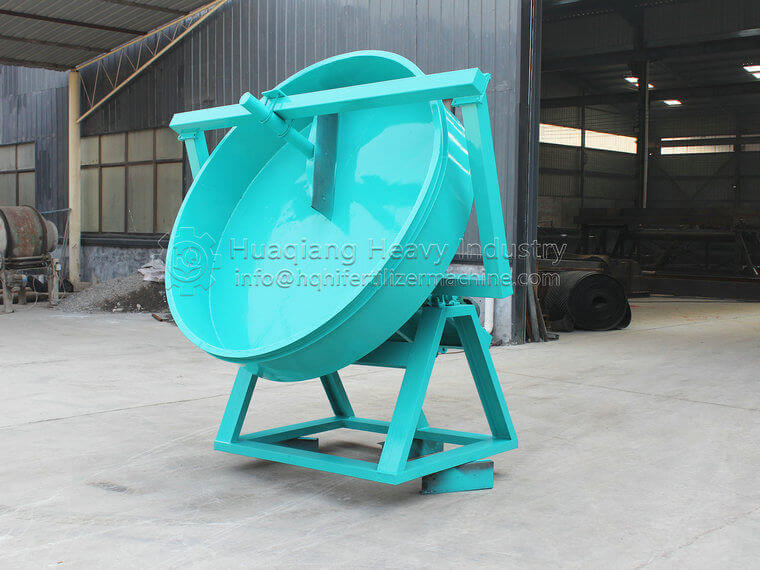In the NPK fertilizer production line, the granulation process is crucial as it not only endows the fertilizer with a specific physical form, but also has a profound impact on its performance, storage, and transportation. Different granulation methods have their own characteristics and jointly serve the goal of producing high-quality NPK fertilizers.
Disc granulation is a common method with unique advantages. In the process of disc granulation, the material gradually aggregates into granules under the combined action of centrifugal force, frictional force, and gravity of the rotating disc. Its notable feature is that the particle shape is rounded and the size is relatively uniform. This enables fertilizers to be more evenly distributed in the soil during the application process, which is beneficial for the balanced absorption of nutrients by crops. Moreover, the structure of the disc granulation equipment is relatively simple, easy to operate and maintain, and the investment cost is relatively low, making it suitable for medium and small-scale NPK fertilizer production enterprises. However, the particle strength produced by the disc granulator is relatively limited, which may not be suitable for some application scenarios that require high particle strength.

Extrusion granulation exhibits different characteristics. This method uses strong pressure to extrude materials into molds, producing particles with high density and strength. This feature makes the NPK fertilizer produced by extrusion granulation less prone to breakage and pulverization during storage and transportation, enabling better maintenance of particle shape and nutrient content. Especially suitable for fertilizer supply under long-distance transportation or harsh storage conditions. In addition, extrusion granulation can precisely control the shape and size of particles, meeting the special needs of different users for fertilizer particle specifications. However, extrusion granulation equipment is relatively complex, with high investment costs and certain requirements for the physical properties of raw materials. The energy consumption during the production process is also relatively high.
Drum granulation is also a commonly used granulation method in NPK fertilizer production. It uses the rotation of the drum to make materials roll and collide inside, achieving agglomeration into particles. The characteristic of the rotary drum granulator is its high production efficiency, which enables continuous and stable large-scale production. At the same time, by adjusting parameters such as the speed of the drum and the humidity of the material, the size and strength of the particles can be flexibly controlled. Moreover, rotary drum granulation has strong adaptability to raw materials and can handle various materials with different properties.
The granulation process of NPK fertilizer production line endows fertilizers with diverse physical properties through the characteristics of different granulation methods. Production enterprises can choose appropriate granulation methods based on their own production scale, product positioning, market demand, and other factors to produce high-quality NPK fertilizers that meet the actual needs of agricultural production.